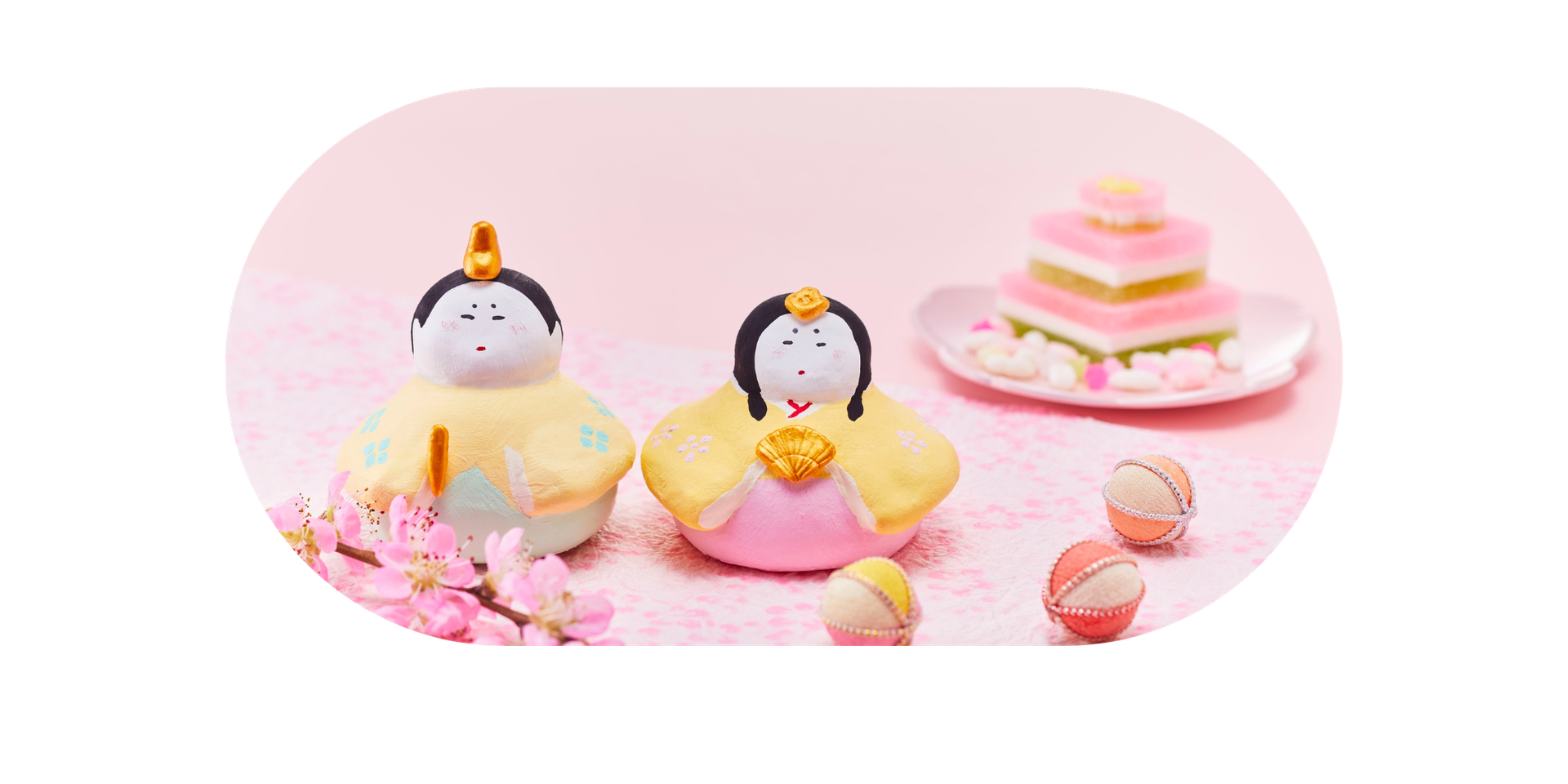
Hinamatsuri in Japan
A Celebration of Girls’ Day and the Beauty
of Tradition
HINAMATSURI
Hinamatsuri, also known as Girls' Day or the Doll Festival, is a colorful and heartwarming tradition celebrated across Japan every year on March 3rd. This festival is dedicated to celebrating the health, happiness, and prosperity of young girls, while also honoring the rich cultural history and unique customs of Japan. While it may not be as widely known internationally as other Japanese celebrations like New Year or Cherry Blossom season, Hinamatsuri is a deeply meaningful event in Japanese culture, filled with symbolism and tradition.
Let`s explore the fascinating origins, customs, and traditions of Hinamatsuri, as well as share some interesting facts that will help you better understand this special occasion.
The Origins and Meaning of Hinamatsuri
Hinamatsuri dates back to the Heian period (794–1185) when aristocratic families in Japan would celebrate the "peach festival" in early March. It was believed that the celebration would drive away evil spirits and bring good fortune, particularly to young girls. During the Heian era, this festival involved the ritual of floating small, symbolic dolls on rivers or in boats to purify the girls and ward off bad luck. Over time, this custom evolved into the more elaborate Hinamatsuri we know today.
The festival's name comes from the word hina, meaning "doll," and matsuri, which means "festival." Today, the primary focus of Hinamatsuri is the display of hina ningyo, or traditional Japanese dolls, which represent the emperor, empress, and their court.
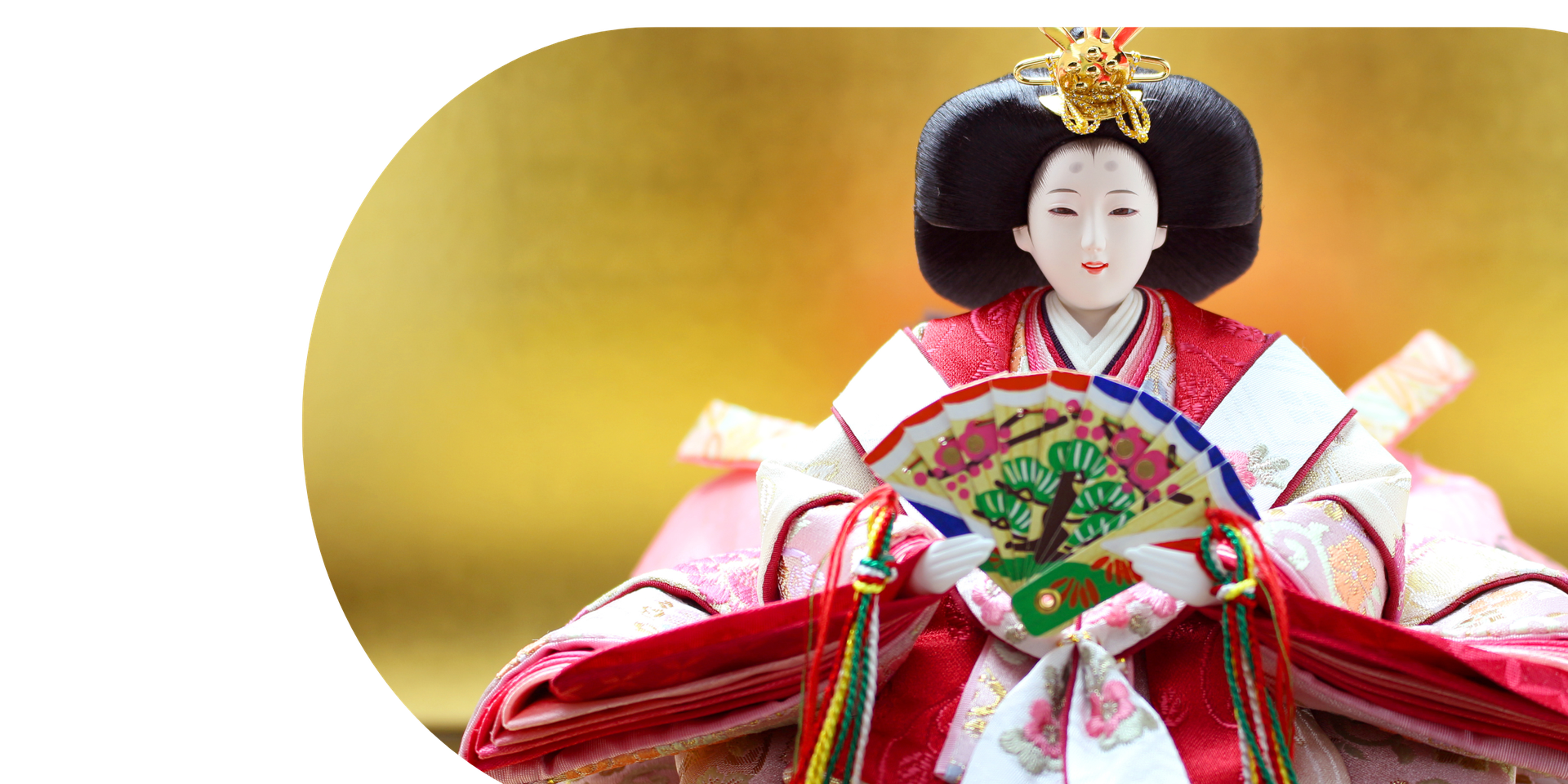
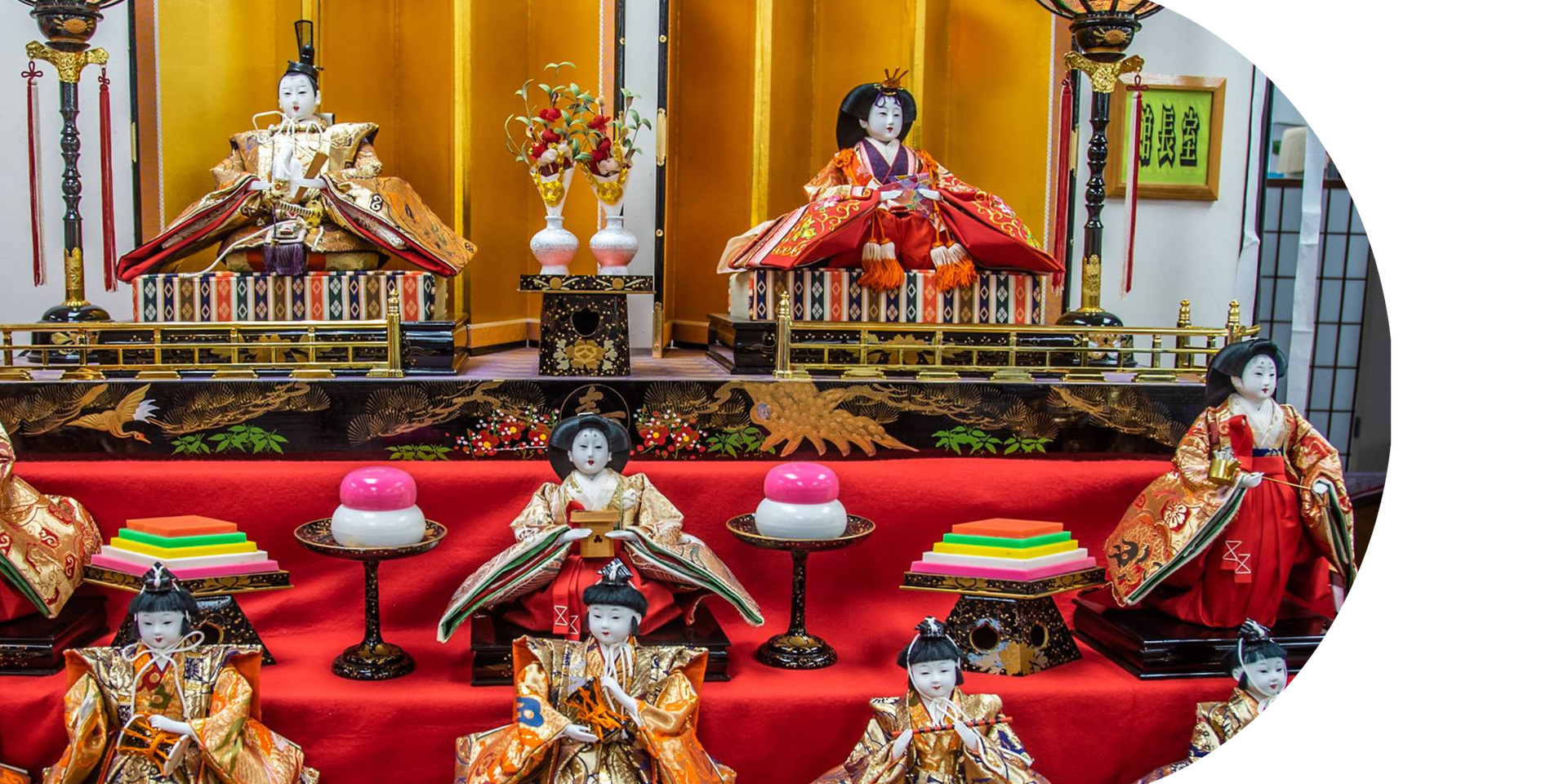
Setting Up the Hina Doll Display
One of the most striking and well-known aspects of Hinamatsuri is the hina doll display (hina dan). Families with daughters often set up elaborate doll displays in their homes, typically on red felt platforms arranged in several tiers. These dolls are often passed down through generations and can be highly valuable.
The display usually includes:
The Emperor and Empress: Positioned at the top of the display, the emperor and empress represent the royal couple and are typically dressed in traditional Heian-era clothing. The emperor holds a ritual baton, while the empress holds a fan.
The Court Attendants: Below the emperor and empress are the court attendants, including musicians, guards, and servants, each dressed in beautifully detailed clothing. These dolls are arranged to create a royal court scene.
Other Figures: Depending on the family’s tradition, additional figures might include three wise men, food items, and miniature furniture.
The dolls are made of various materials such as porcelain, wood, or cloth, and their elaborate costumes showcase the craftsmanship and attention to detail that are hallmarks of Japanese art.
Symbolism and Traditions Behind the Dolls
The hina dolls are more than just decorative items; they carry deep symbolism and represent wishes for the health and well-being of girls. The display of the dolls also has a spiritual aspect, as it is believed that the dolls absorb any misfortune or evil spirits. By keeping the dolls on display, families hope to protect their daughters from harm and ensure their happiness and prosperity in the future.
One important tradition surrounding the hina doll display is that it must be taken down immediately after March 3rd. It is said that leaving the dolls out too long can delay the daughter’s marriage, so families make sure to store them away promptly to avoid bad luck.
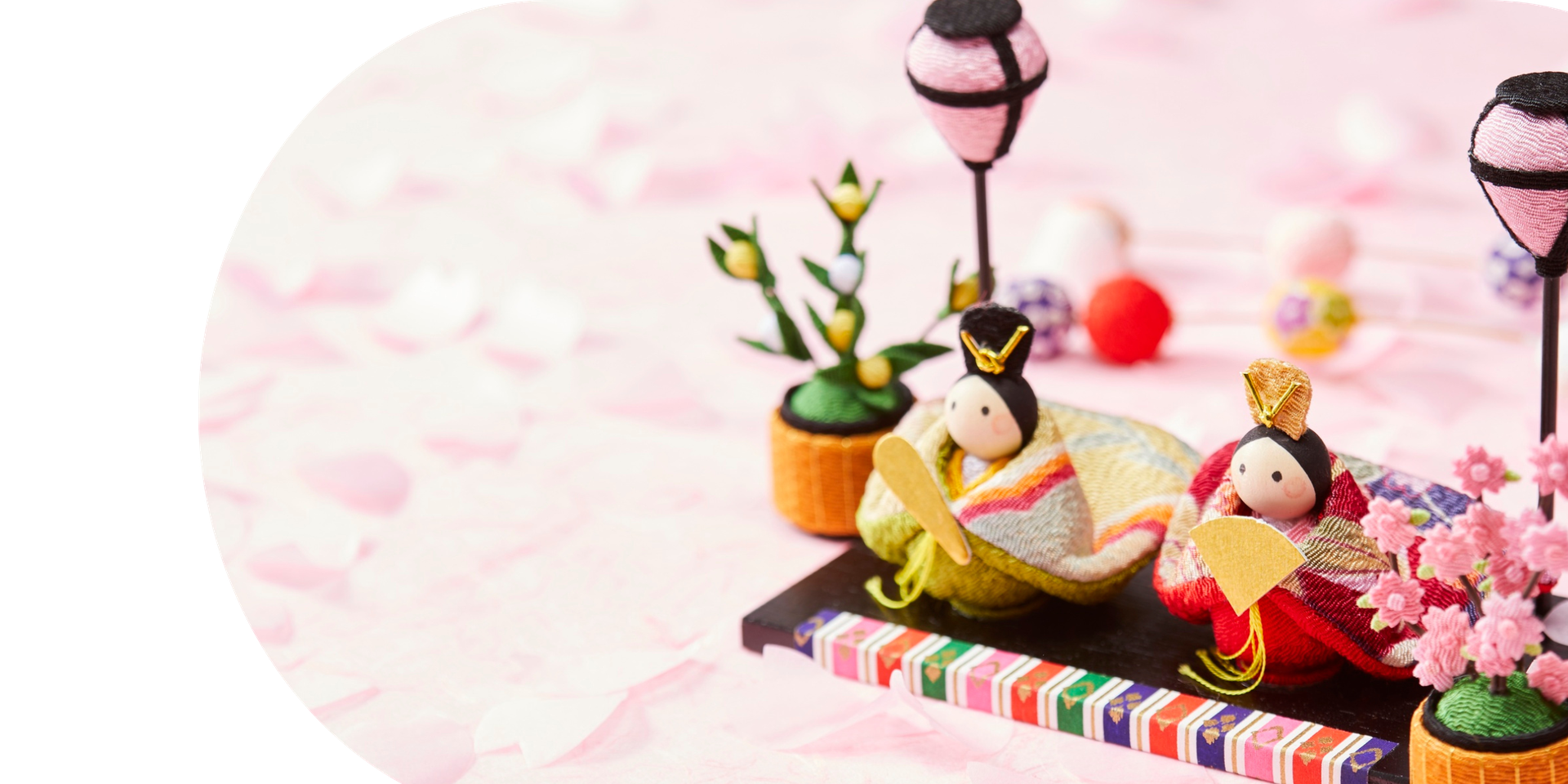
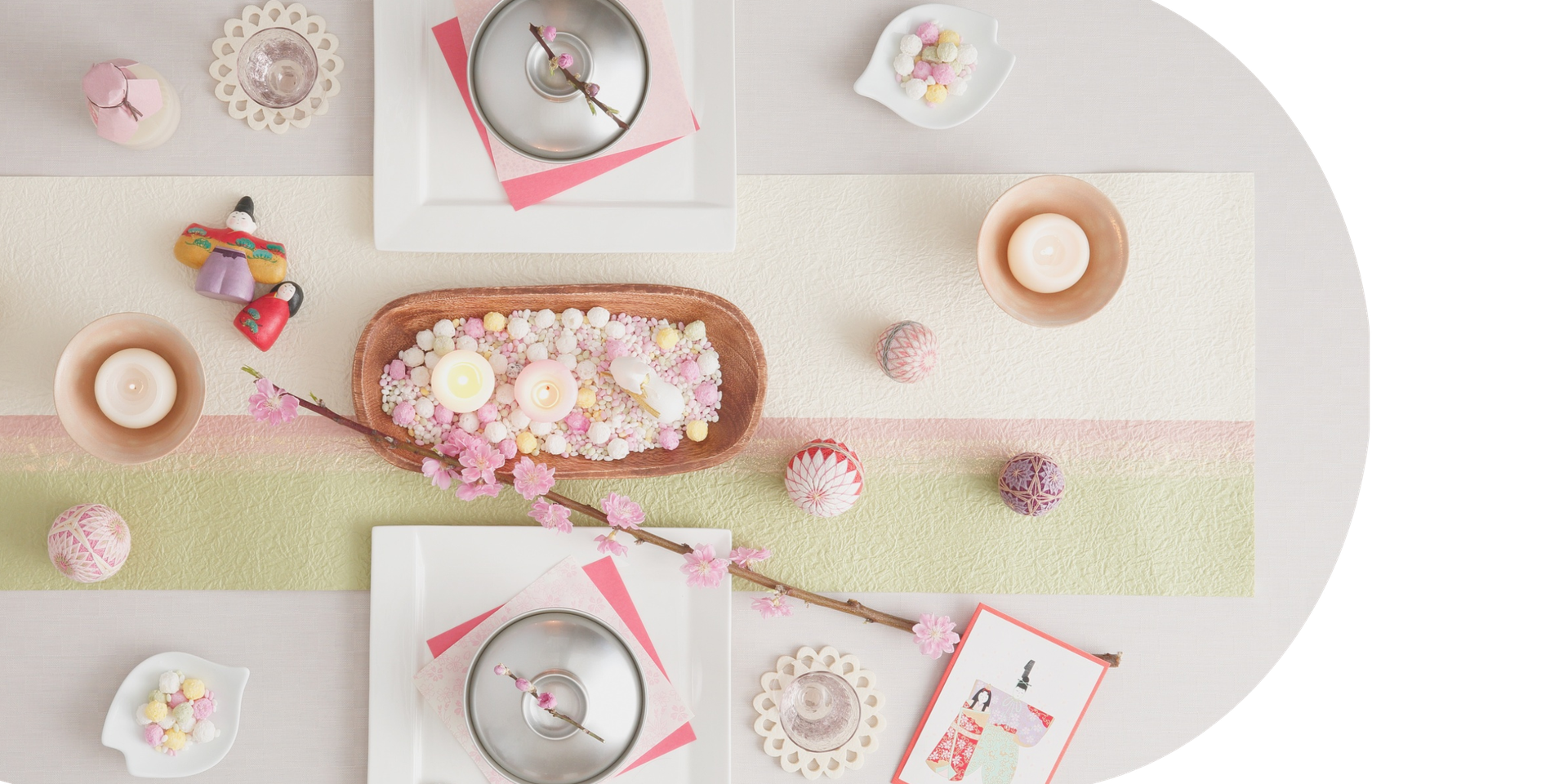
Hinamatsuri and Its Influence on Modern Culture
While Hinamatsuri is steeped in centuries of tradition, it continues to evolve with modern Japan. Today, Hinamatsuri is not only celebrated in homes but also in schools, communities, and even in public places like shopping malls and department stores, where hina doll displays are put up for everyone to enjoy. Many places also host events such as doll parades or crafting workshops, where children can make their own hina dolls.
Additionally, Hinamatsuri has become a cultural occasion for people to come together and celebrate not only the well-being of girls but also the beauty of Japanese traditions. Schools and cultural organizations across Japan often hold exhibitions or events that allow visitors to experience the charm of this beautiful celebration.
Hinamatsuri Food and Sweets

Hina-arare
These colorful rice crackers are shaped like small squares and come in pink, white, and green colors, representing the spring season. They are a symbol of good health and happiness.
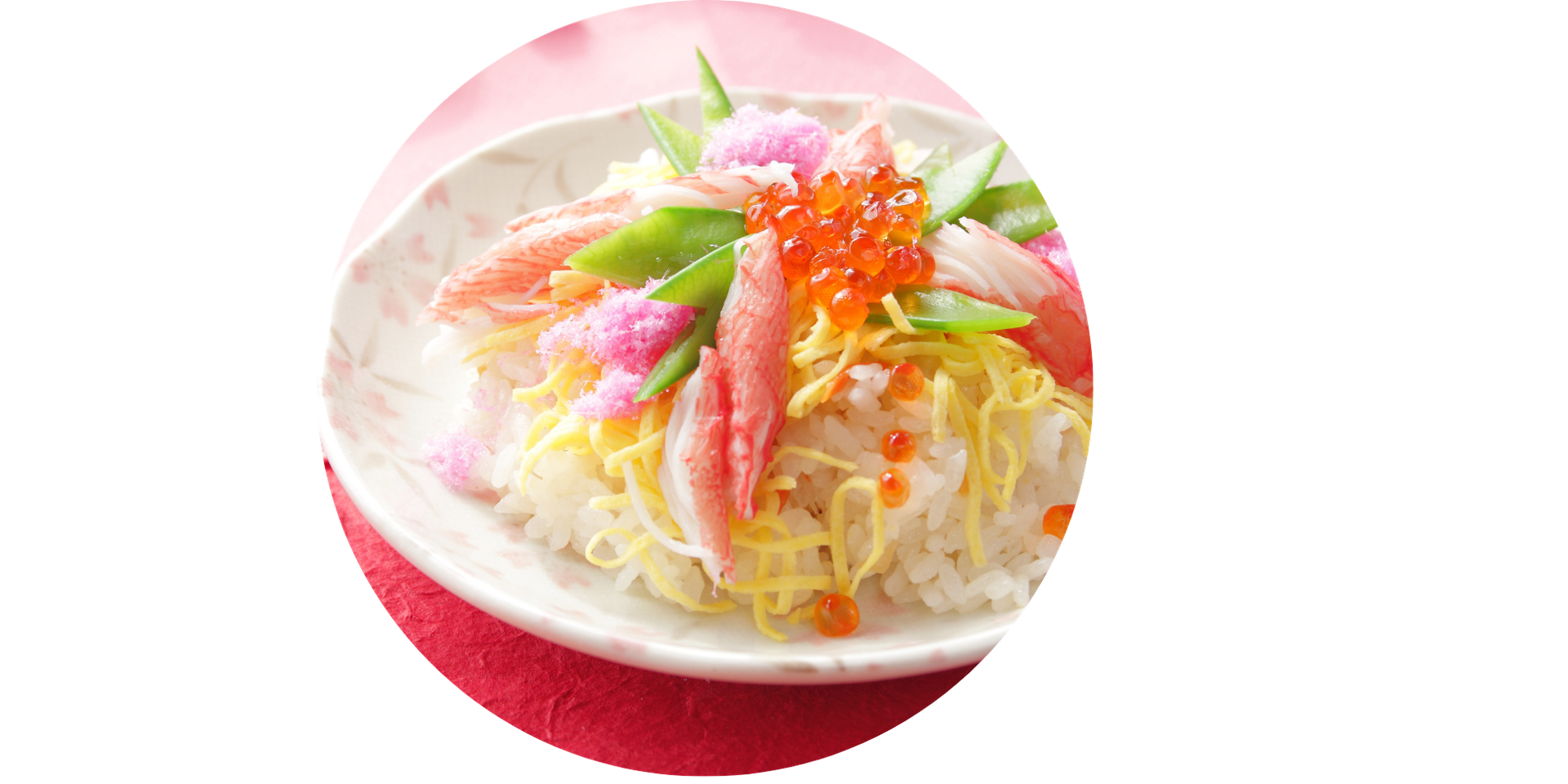
Chirashi-zushi
These colorful rice crackers are shaped like small squares and come in pink, white, and green colors, representing the spring season. They are a symbol of good health and happiness.
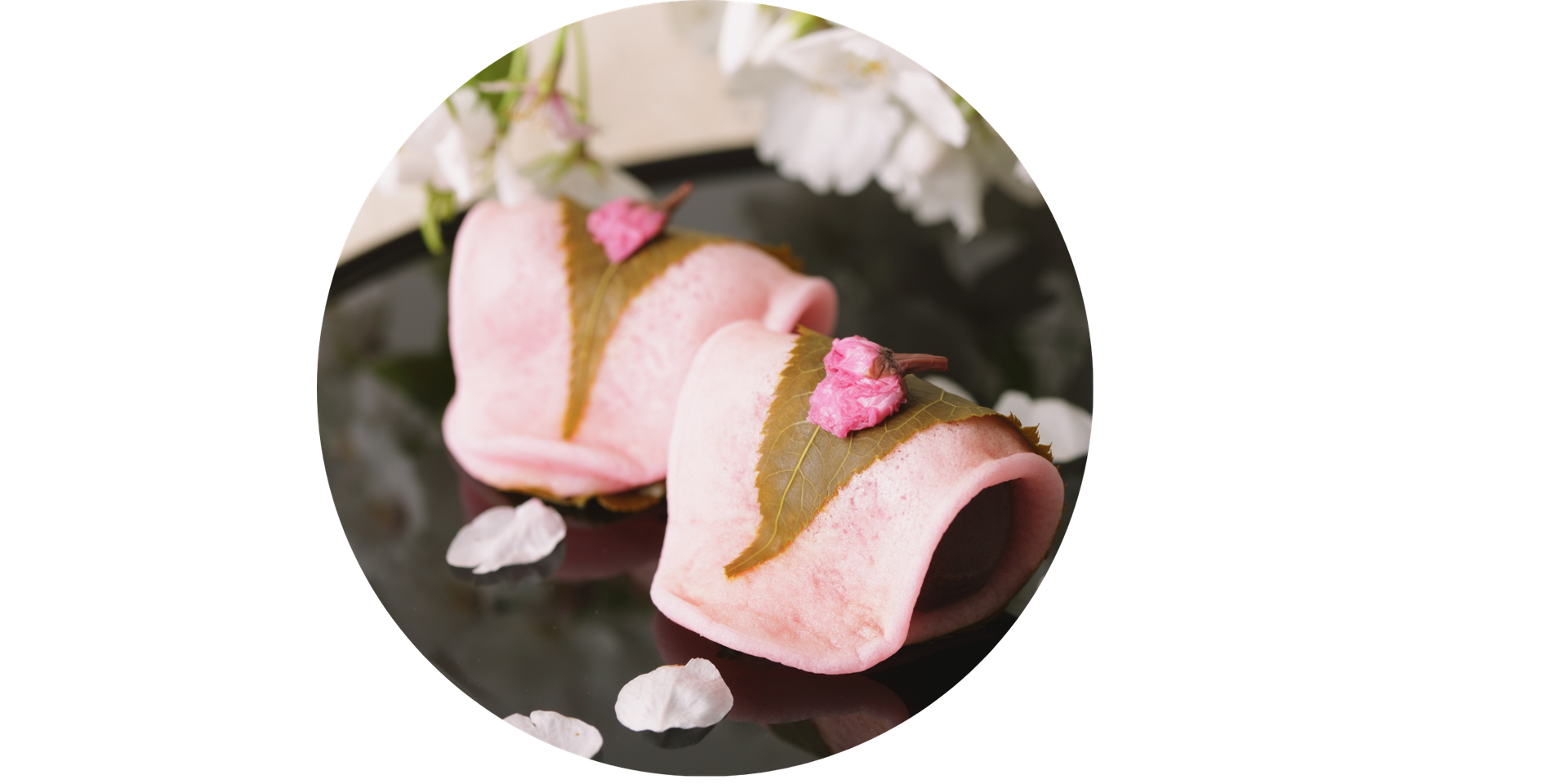
Sakura Mochi
This sweet, sticky rice cake is filled with sweet red bean paste and wrapped in a pickled cherry blossom leaf, making it a perfect symbol of spring.
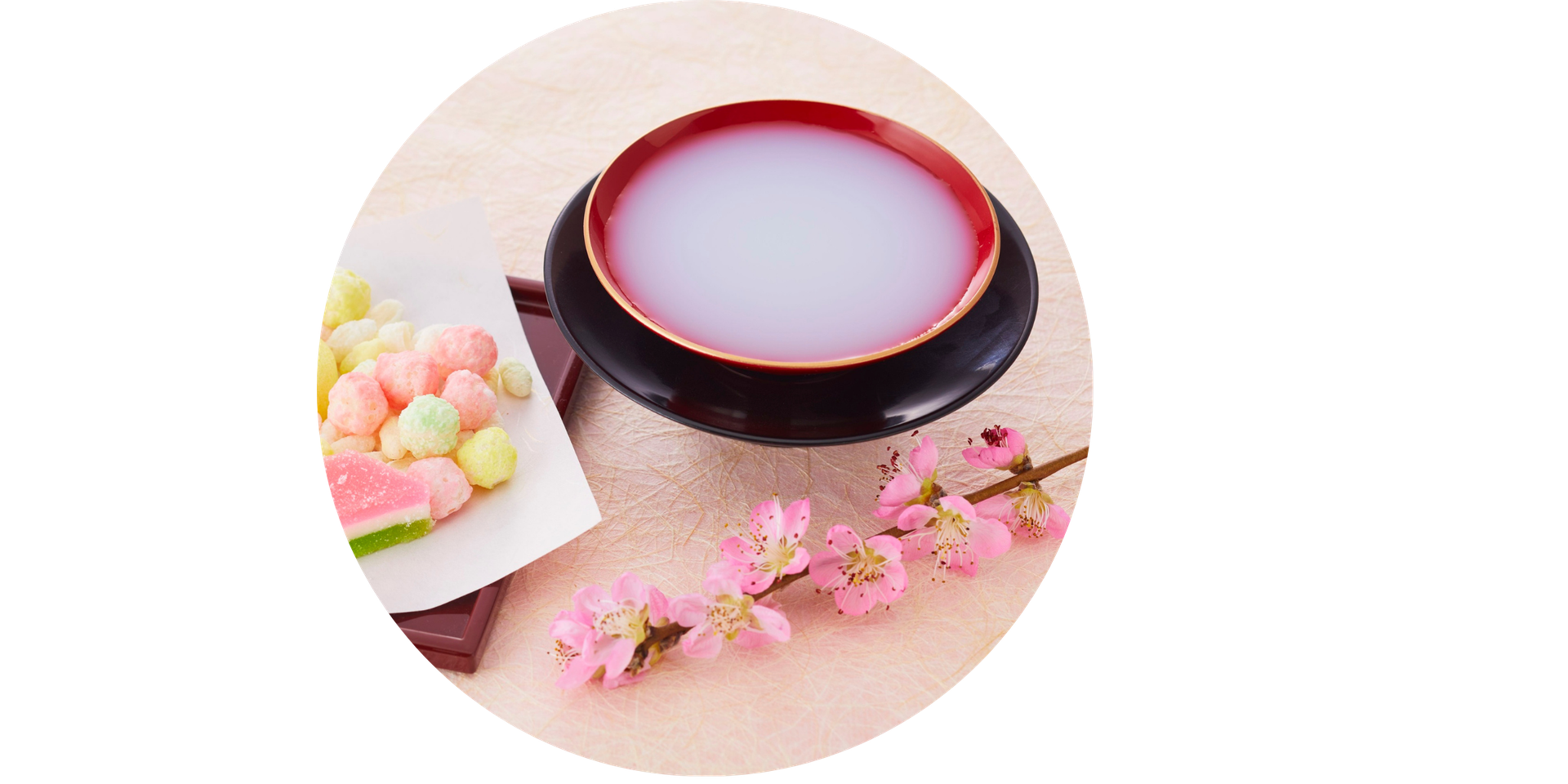
Shirozake
A sweet, non-alcoholic sake made from fermented rice, which is often served at Hinamatsuri celebrations.
Embracing Tradition and Celebrating Girls’ Day
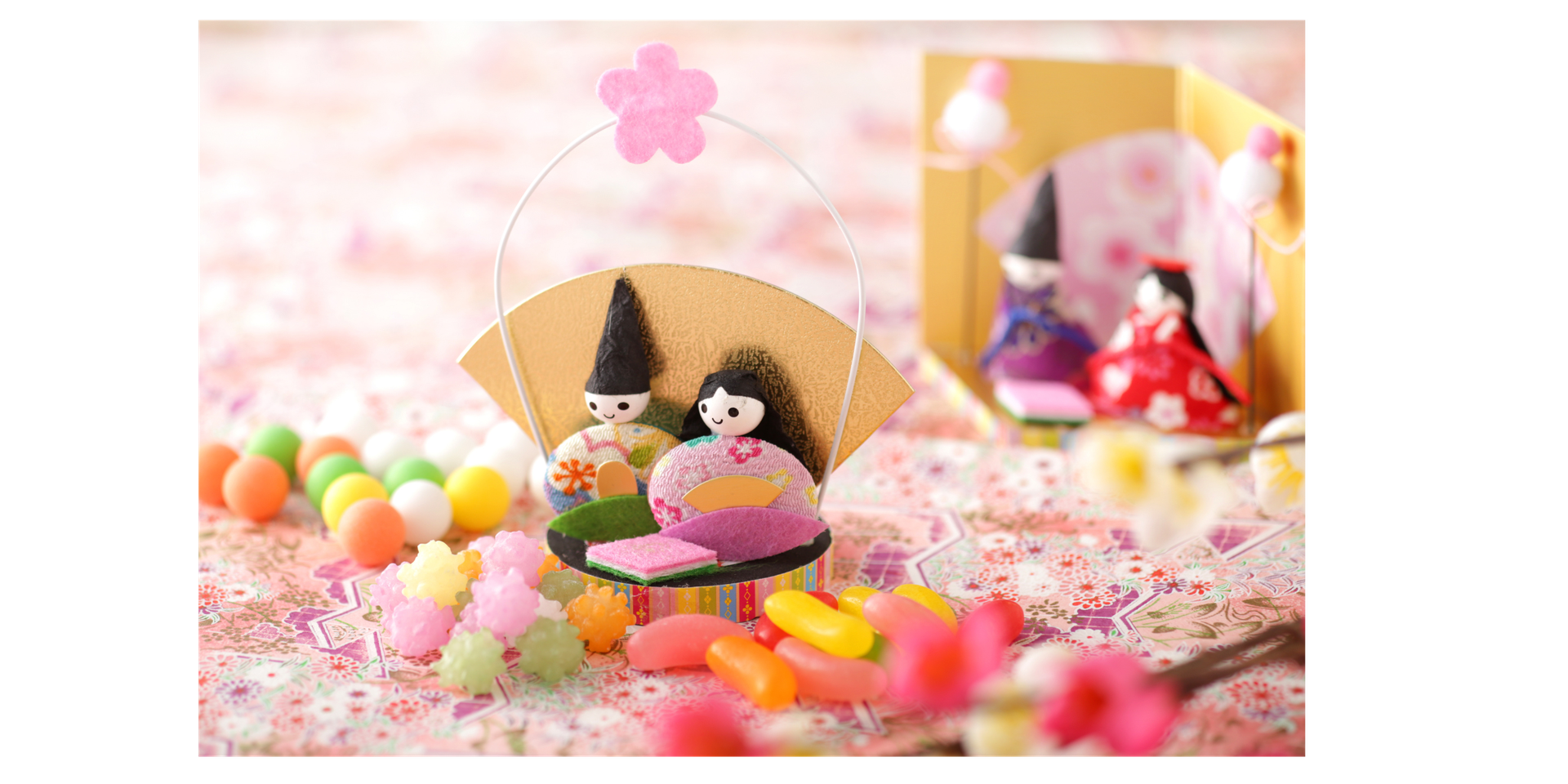
Hinamatsuri is much more than just a festival, it's a day of reflection, celebration, and hope. By participating in this special event, families honor their daughters, wishing them health, happiness, and a bright future ahead. The rich traditions of Hinamatsuri, from the symbolic dolls to the delicious food, offer a beautiful glimpse into Japanese culture. Whether you’re in Japan or abroad, embracing the beauty of this festival can help you connect with Japan’s deep-rooted cultural heritage.
At Wabi-Sabi Store, we embrace the beauty of Japanese culture and traditions. We carry a variety of Japanese books related to the history of Japanese festivals, including Hinamatsuri, which can help you dive deeper into the fascinating customs surrounding this special day. Whether you're looking to learn more about the traditions of Japan or seeking inspiration for celebrating this beautiful festival, we’ve got a selection of books and products to inspire you.








